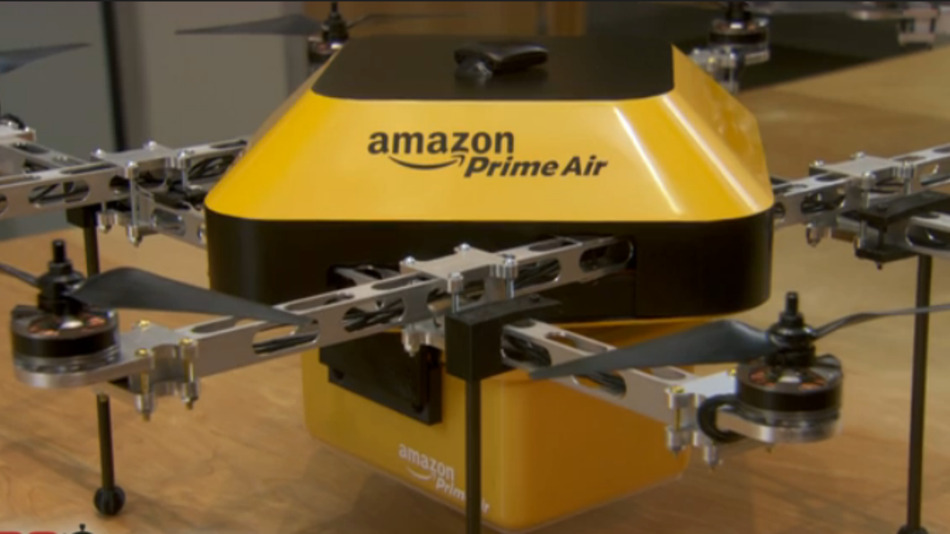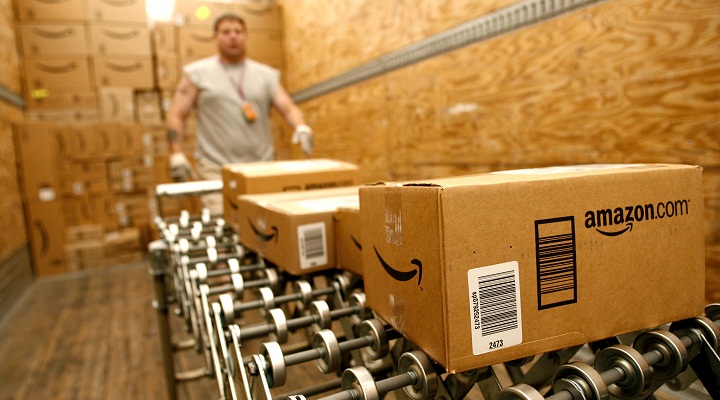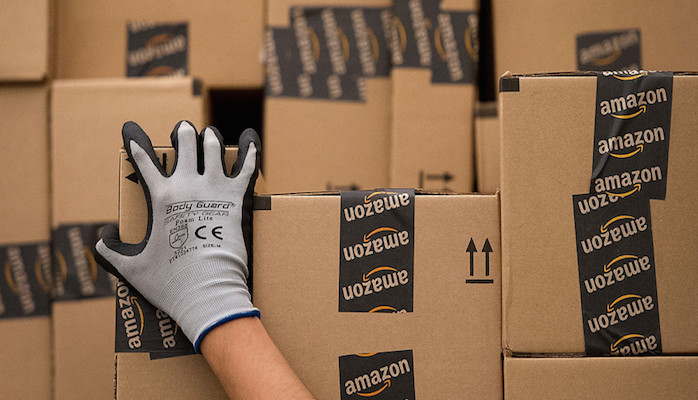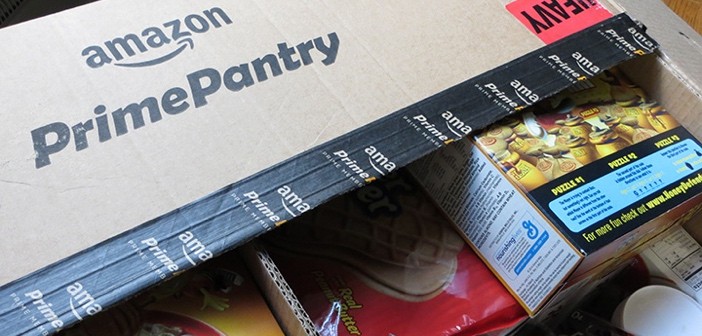
So Amazon have excitedly revealed their plans to launch Prime Air; a 21st century delivery system with a difference. This next level delivery service will involve the safe distribution of packages to premium paying customers in as little as thirty minutes using drones. No longer will you fall foul of forgetting an anniversary gift or missing a birthday present as these unmanned aerial vehicles whizz your chosen item to you in less time than it takes to visit the local shopping centre.
As wonderful as this all sounds, we can’t help but thinking, will this actually work? Sure, we would love to enjoy the benefits of last minute gift buying to save our skins, but could the whirr of drones actually become a reality in the near future? Although this is hardly the first step in having robotic systems handle your products, here are our reasons why we doubt if Amazon’s drone delivery service is really feasible.
Is it a bird? Is it a plane?
Amazon Prime Air will deliver small packages of up to five pounds in weight using drones that fly under 400 feet. Judging by the fact that Amazon deliver millions of packages every single day, this could mean that we will be seeing a great deal of drones clouding our skies. Recent statistics revealed that Amazon sell up to 306 items per second which equates to roughly 26 million per day and even if only one percent of these deliveries were made by drone that would be an incredible 26,0000 automated aerial vehicles whizzing through the airspace. With drones being built and tested in the USA, the UK and Israel, we should expect to see them sooner than we think, but would we welcome the arrival of a dark drone cloud on our horizons?
Safety first
Although Amazon insist that the drones will incorporate sophisticated “sense and avoid” technology that will detect its surroundings and avoid collisions, it is not unreasonable to be concerned about thousands of unmanned drones flying overhead. Even the most advanced technology has the capacity to fail, and as these drones will initially be piloted remotely there is also the very real risk of human error to consider, which could make these delivery systems more like dangerous missiles.
What is more, even if drones are flying within a safe level in airspace, there is also the potential risk that they could prove distracting to other pilots. US pilots reported that sightings of unmanned aircraft between 2014 and 2015 had more than doubled, and even more worryingly some of these drones were reaching altitudes of up to 10,000 feet. Although unauthorized operators of said drones can face huge fines and even imprisonment, the increased visibility of professional drones in the UK and US airspace could encourage their use by far less vigilant individuals.
Counting the cost
We have no doubt that Amazon Prime Air will come at a premium price, but the real question is what will it cost to deliver by drone? In another case of more robots equaling more jobs, current plans will include a team of pilots who will be responsible for the flights of each drone, and a fleet of one thousand drones delivering one package per hour will only meet the demand for a tiny percentage of Amazon’s vast customer requirements. This begs the question is it really worth paying for thousands of skilled drone pilots to remotely control hundreds of thousands of drones that will fill the skies in order to meet the needs of last minute shoppers? But, as the old adage goes, ‘the customer is always right’, therefore if the demand is there to pay for it, then it’s likely that in one way or another drones will feature in the future of retail therapy.










![Watch Video Now on xiaohongshu.com [以色列Elevatione perfectio X美容仪 perfectio X 全新仪器黑科技了解下]](https://www.techburgeon.com/wp-content/uploads/2019/07/perfectiox-singapore-150x150.jpg)
